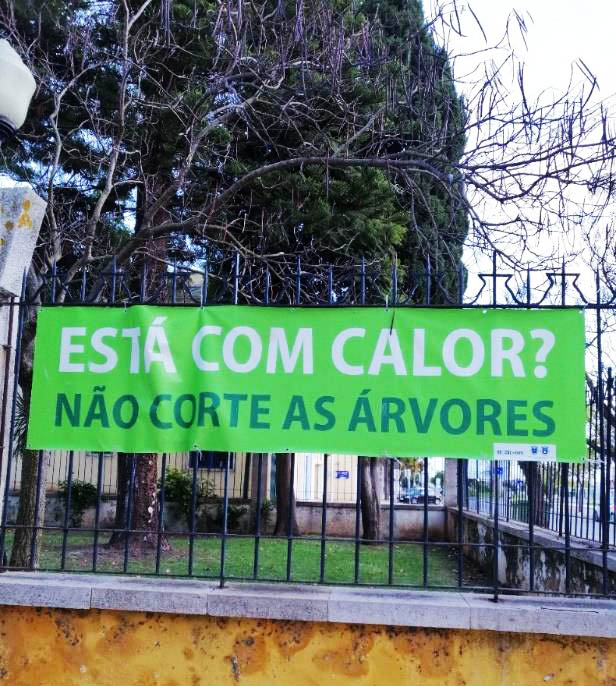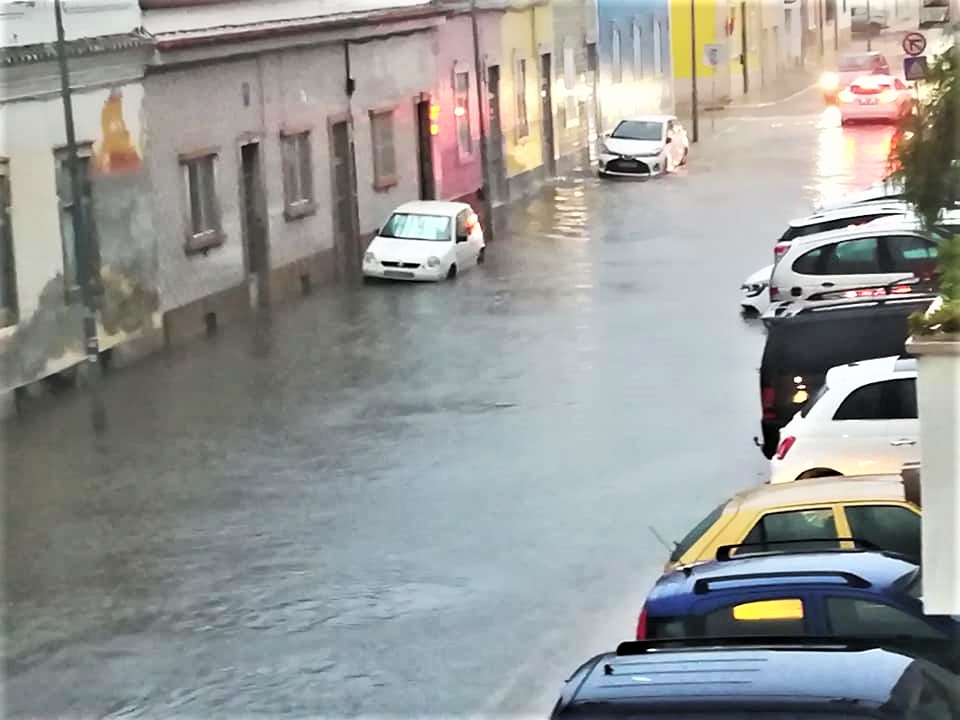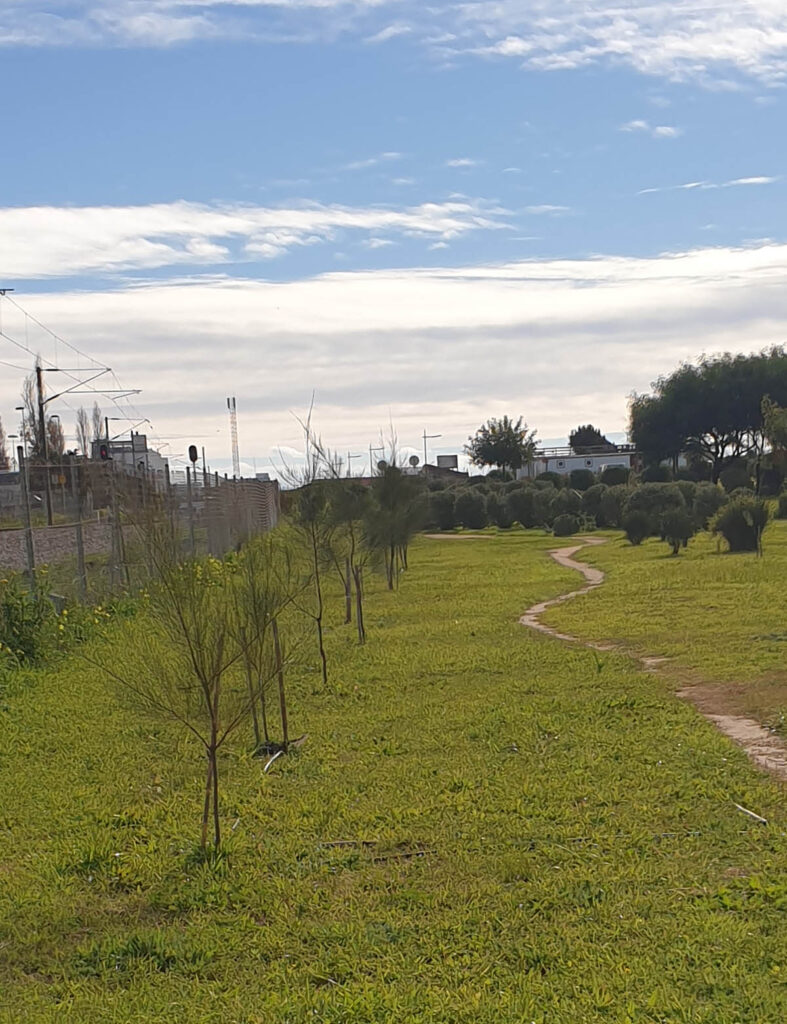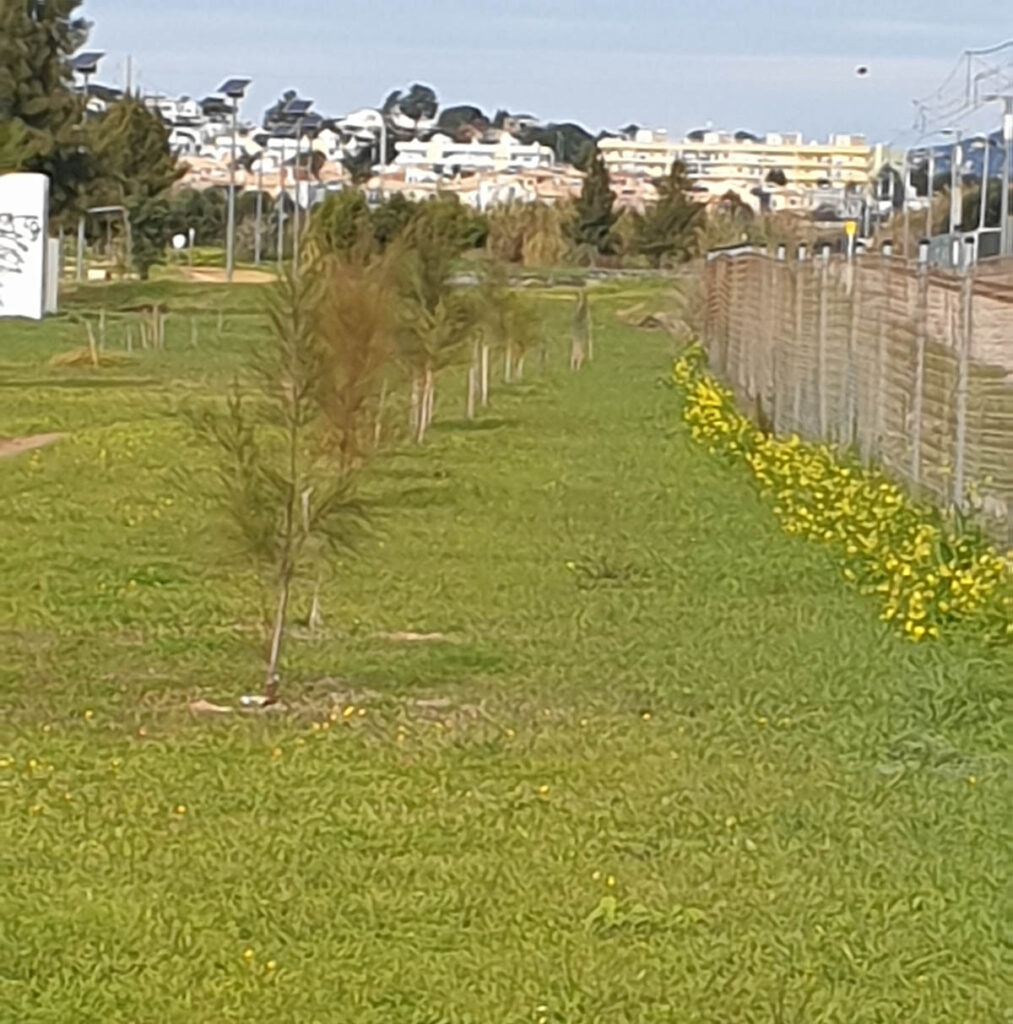On the green spaces of the city of Faro, it can be said that there is a lack of them, as urban green spaces — parks, gardens, vegetable gardens, streets and tree-lined squares — play an irreplaceable role in the quality of life of citizens.
If the city has abundant vegetation, it becomes wetter and cooler, which stops Faro it is not a matter of minors. Also in adapting to climate change, it is essential to create fresh areas for the population's refuge in situations of heat waves.
In addition to the thermoregulation of the city, green spaces are fundamental in regulating the hydrological cycle, preserving soil permeability and preventing urban floods, as well as transferring water from the soil to the atmosphere through evapotranspiration.
They also improve air quality, not only because they consume CO2 and produce oxygen, but also because the moisture produced helps to lower pollutant particles, reducing air pollution. Other important functions of green spaces in urban areas are protection against the wind and reduction of noise levels.
Green spaces are also refuges of biodiversity in the urban space, preserving species and habitats, and allow city dwellers to have contact with nature, environmental education, sport, recreation and leisure, promoting health and well-being.
Despite the recognized benefits of urban green spaces, their implementation in Portugal has been scarce and cities suffer from an excessive densification of the urban fabric, the result of situations of land speculation and the absence of adequate planning.
This disorderly urban growth took place throughout the country, especially on the coast and Faro was no exception. In the last 40 years the city of Faro its population doubled and the housing stock kept pace with this growth.
the gardens of Faro (Horta das Figuras, Horta do Ferragial, Vale da Amoreira) gave way to dense urbanizations where not a single green space remained.
Except for the pitch in front of Forum Algarve, which owes its existence to the judicial, civic and political struggle of the Farenses, who enforced the law, since, for that space, the Chamber provided for another commercial area and a gas pump, to goosebumps of the Legal Regime for Urbanization and Building, which stipulates that allotment projects must provide for areas intended for the implantation of green spaces. (1)

Indeed, the urban expansion of Faro there was no equivalence in the green spaces for collective use, which are the same “usages”: the Jardim da Alameda João de Deus, which is over a hundred years old, and the Mata do Liceu, from the middle of the last century!
Since 2014, Faro It also has the Parque Ribeirinho, a space dedicated to recreation and leisure and for the dissemination of the natural values of the Ria Formosa, which now forms part of the Natural Park area. Being a lagoon area, with salt marshes and salt marshes, the spontaneous vegetation is shrubby and we will still have to wait a good few years for the trees planted under the project to grow.
The remaining green spaces of Faro — Jardim da Alagoa, Jardim Luís Bívar, tree-lined streets — these are small niches, an asset, but without dimension.
The expansion of Faro it is now made to the north, west of the Forum and in Quinta da Penha. We hope that the areas ceded to the City for green spaces will not be distorted, as has happened in the past, for the sake of the environmental sustainability of the city and the health of the people of Farres.
Like Glocal Faro already warned here, each inhabitant of a city needs at least 40 m2 of urban green structure and the city of Faro would have, in 2015, 8,8 m2 of green structure per inhabitant, which is clearly insufficient!
What matters is having trees and with the appropriate density; we don't need big lawn gardens that are expensive to maintain and use a lot of water. We need shade, lanes, urban woods and tree-lined streets.
And we need the set of green spaces that Faro it has, and will have in the future, structure itself in a system that communicates continuously through vegetation corridors that promote the connection between the various green spaces and the landscape surrounding the city, as Ribeiro Telles taught us.
Author: Ana Xavier has a degree in Anthropology and a postgraduate degree in Spatial Planning and Environmental Planning. Member of Glocal Faro.
The text does not respect the new AO.
glocalfaro@ Gmail.com
https://www.facebook.com/glocal.faro/
(1) nº 1 of article 43 of the Legal Regime for Urbanization and Building (RJUE), approved by Decree-Law nº 555/99, of 16 December, in its current wording.
Help us to do the Sul Informação!
Contribute your donation so that we can continue to make your journal!
Click here to support us (Paypal)
Or use our IBAN PT50 0018 0003 38929600020 44



















Comments